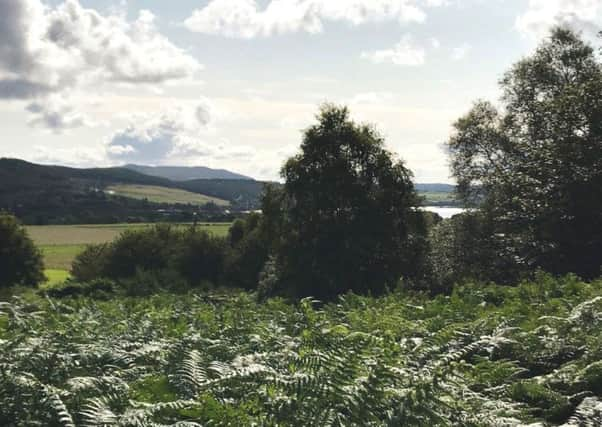Commercial property: Battle lines drawn over historic sites


Marketed by Bell Ingram at offers over £70,000, Carbisdale Battlefield, in Sutherland, comprises 53 acres of heather moor and woodland.
Partially designated as native
woodland, the area offers forestry opportunities or a portion of it could be adapted for residential use.
Advertisement
Hide AdAdvertisement
Hide AdBut the site’s historical significance as a major battleground, where in 1650 the Covenanters took on and defeated the forces of James Graham, first Marquess of Montrose, could bring in buyers with ideas for commercial development of the land as a visitor attraction.
Carl Walden, of land and estate agents Bell Ingram in Perth, says: “You have to appraise a site that has huge historical interest, with the commercial opportunity and the return in mind. For valuation if a site can be developed in a commercial way, potential buyers will be concentrating on the bottom line.
“You can add up the pastureland, woodland and scrubland and can put a value on that, but historical significance is more difficult to quantify.
“Typically, if someone who owned a neighbouring piece of land asked to buy a plot, you can double or triple the market price because it is worth more to that individual.
“And for something with significant historical value, it is much the same, you are looking at double or triple the value – but ultimately it is the market that will decide.”
Walden goes on to say that most property sales with historical value are more conventional than a battlefield. His firm has handled churches, jute mills and Victorian asylums, and is currently working on the sale of the decaying Rosehall Mansion, former home of Coco Chanel which lies near the village of Lairg in Sutherland.
He says of the latter: “If you were looking at that from a purely economic point of view, you might think doesn’t work. The building needs a lot of work and the figures might not stack up.
“But add in that offbeat connection with Chanel, and that adds a cache, which means there is an opportunity for branding it as an exclusive hotel.”
Advertisement
Hide AdAdvertisement
Hide AdAs well as being of considerable interest due to having its interiors designed by Chanel, the property is also of historic significance as reportedly being home to the first bidet in the Highlands.
Architect Iain Cram is head of design at Bell Ingram and part of his role is to identify development potential in such sites. He says of Rosehall: “It is a beautiful building and it has been a labour of love to save it, but it is a unique project.”
From such large high-profile projects, at the other end of the scale of his more sensitive designs are tiny stone bothies, mostly developed for the RSPB in remote places, which are used as bird hides, shelters from the elements or visitor centres.
And Cram points to Finnich Glen, in Stirlingshire, a beauty spot which has featured in the historical TV drama series Outlander.
Bell Ingram Design has just lodged a planning application for a proposed visitor centre and restaurant, 150-space car park, and a network of paths, bridges and viewing platforms, at the glen.
Cram says: “The project started as a client with a problem – 70,000 people walking across his land and the need to make it safe and get the cars off the country roads.
“For sites like this you have to focus your development around what you want to protect.”